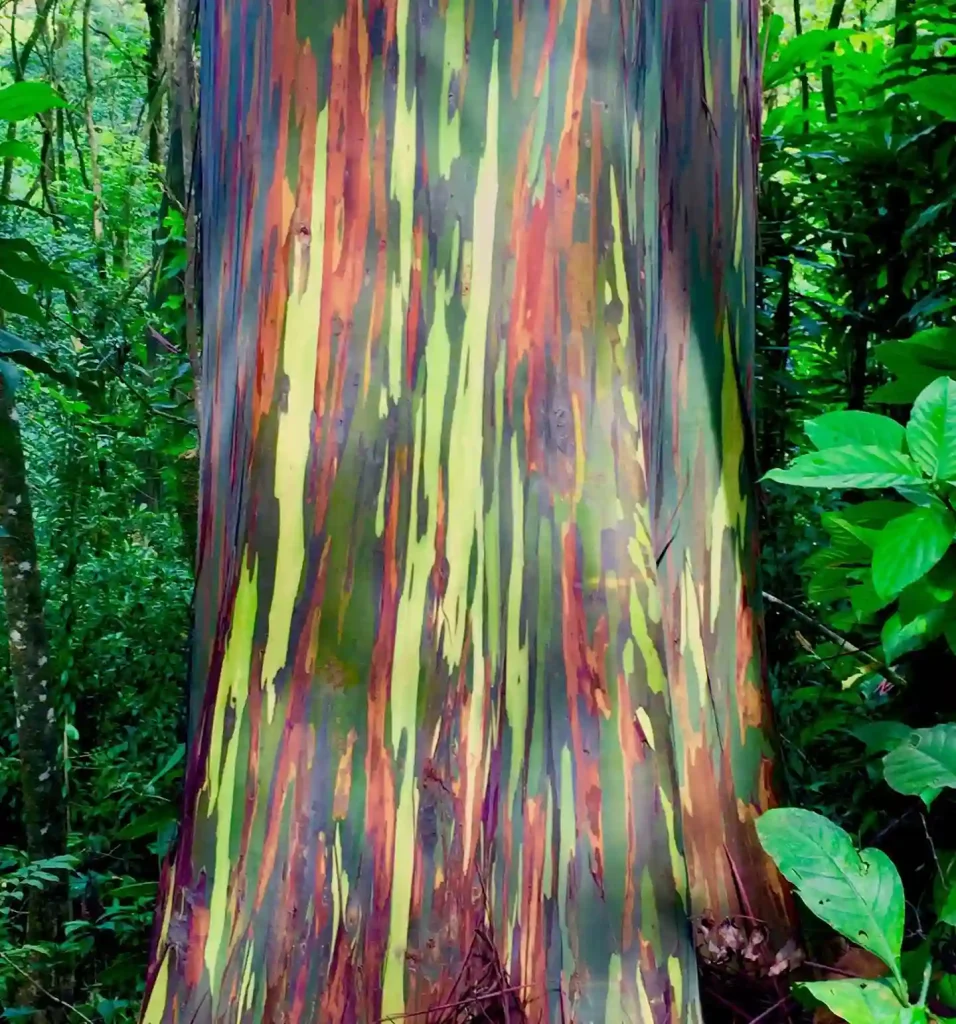
FAQs About Chrysanthemum Indicum
When it comes to vibrant and versatile plants, Chrysanthemum Indicum, commonly known as the Indicum Chrysanthemum, stands out. I’ve found this plant to be quite fascinating, and over time, I’ve gathered some answers to frequently asked questions that might help you with your gardening adventures.
42 Species in Genus Chrysanthemum
How to Grow Chrysanthemum Indicum?
Growing Chrysanthemum Indicum is relatively straightforward once you get the basics down. Start by choosing a sunny spot in your garden. These plants thrive in full sun, needing at least 6 hours of direct sunlight daily. The soil should be well-draining and rich in organic matter. I usually mix compost into the soil to ensure it’s nutrient-rich.
Plant Chrysanthemum Indicum in spring after the last frost. Space them about 12 to 18 inches apart to give them room to grow and spread. They’re quite hardy and can handle a range of temperatures, but they perform best in moderate climates.
Regular watering is essential, especially during dry periods, but avoid waterlogging. I find that a deep, infrequent watering schedule works best. Fertilize every 4 to 6 weeks during the growing season with a balanced fertilizer to keep them blooming profusely.
What is Chrysanthemum Indicum Flower Extract?
Chrysanthemum Indicum Flower Extract is derived from the blooms of the Chrysanthemum Indicum plant. This extract has gained attention for its potential health benefits. It’s rich in antioxidants, which can help combat oxidative stress and inflammation. In traditional medicine, this extract has been used for its anti-inflammatory and cooling properties. It’s also found in various skincare products due to its soothing and anti-aging effects.
Where Do You Plant Chrysanthemum Indicum?
When planting Chrysanthemum Indicum, the location is crucial. As mentioned earlier, they prefer full sun, so a spot with ample light is ideal. If you’re planting in a garden bed, ensure the soil is well-draining to prevent root rot. Raised beds or containers can also work well if your garden soil isn’t suitable.
If you’re thinking about planting Chrysanthemum Indicum indoors, it’s possible with adequate light. You’ll need a sunny window or grow lights to replicate their natural light needs. Indoor plants might not grow as vigorously as those outside but can still thrive with proper care.
How to Care for Chrysanthemum Indicum?
Caring for Chrysanthemum Indicum involves a few key practices. Regular deadheading of spent blooms encourages more flowers and prolongs the blooming period. Pruning the plant to shape it and remove any dead or diseased parts also helps maintain its health and appearance.
Pests like aphids and spider mites can sometimes be a problem. I’ve found that regular inspection and, if necessary, using insecticidal soap can keep these pests at bay. Additionally, ensuring good air circulation around the plant helps prevent fungal diseases.
How to Propagate Chrysanthemum Indicum?
Propagation of Chrysanthemum Indicum is typically done through cuttings or division. To propagate from cuttings, take 4 to 6-inch stem cuttings in late summer. Remove the lower leaves and dip the cut end in rooting hormone before planting in a well-draining potting mix. Keep the cuttings moist and in a warm, bright location until roots develop.
For division, dig up mature plants in early spring or fall. Divide the root ball into smaller sections, each with a few stems, and replant them. This method not only propagates the plant but also helps rejuvenate older plants.
What to Plant with Chrysanthemum Indicum?
Chrysanthemum Indicum pairs well with various companion plants. Consider planting them alongside ornamental grasses, such as Fountain Grass or Blue Fescue, for a contrasting texture. They also look great with other fall-blooming perennials like Sedum or Aster. If you’re creating a mixed border, combining them with evergreen shrubs can provide year-round interest.
Can You Grow Chrysanthemum Indicum Indoors?
Yes, you can grow Chrysanthemum Indicum indoors, but they require a lot of light. Place them in a sunny window or use grow lights to simulate sunlight. The indoor environment should be kept relatively cool to mimic their outdoor conditions. Keep an eye on watering, as indoor plants might need less frequent watering compared to those outside.
Is Chrysanthemum Indicum Toxic?
Chrysanthemum Indicum is not considered toxic to humans or pets. However, some people might experience mild skin irritation from contact with the plant. It’s always a good idea to wash your hands after handling plants, especially if you have sensitive skin.
Chrysanthemum Indicum vs. Morifolium
Chrysanthemum Indicum and Chrysanthemum Morifolium are often confused, but they have distinct differences. Chrysanthemum Morifolium, also known as the garden mum, is the species most commonly used in floral arrangements and has a broader range of colors and flower types. Chrysanthemum Indicum tends to have a more refined appearance with smaller, often more intricate blooms. While both can be grown in similar conditions, Chrysanthemum Indicum usually requires a bit more care in terms of pruning and maintenance.
Benefits of Chrysanthemum Indicum
The benefits of Chrysanthemum Indicum extend beyond its beauty. Its extract is valued in herbal medicine for its anti-inflammatory and antioxidant properties. In the garden, it attracts beneficial insects like bees and butterflies, which helps support a healthy ecosystem. Additionally, its hardy nature makes it a reliable choice for adding color and structure to a garden.
Common Problems with Chrysanthemum Indicum
Common issues with Chrysanthemum Indicum include fungal diseases like powdery mildew and pests like aphids. Keeping the plant well-spaced, ensuring good air circulation, and avoiding overhead watering can help prevent these problems. Regular inspection and prompt action at the first sign of trouble will keep your plants healthy and vibrant.
Overall, Chrysanthemum Indicum is a rewarding plant to grow with its striking blooms and various uses. Whether you’re looking to enhance your garden or explore its medicinal properties, this plant is definitely worth considering.
If i die, water my plants!



